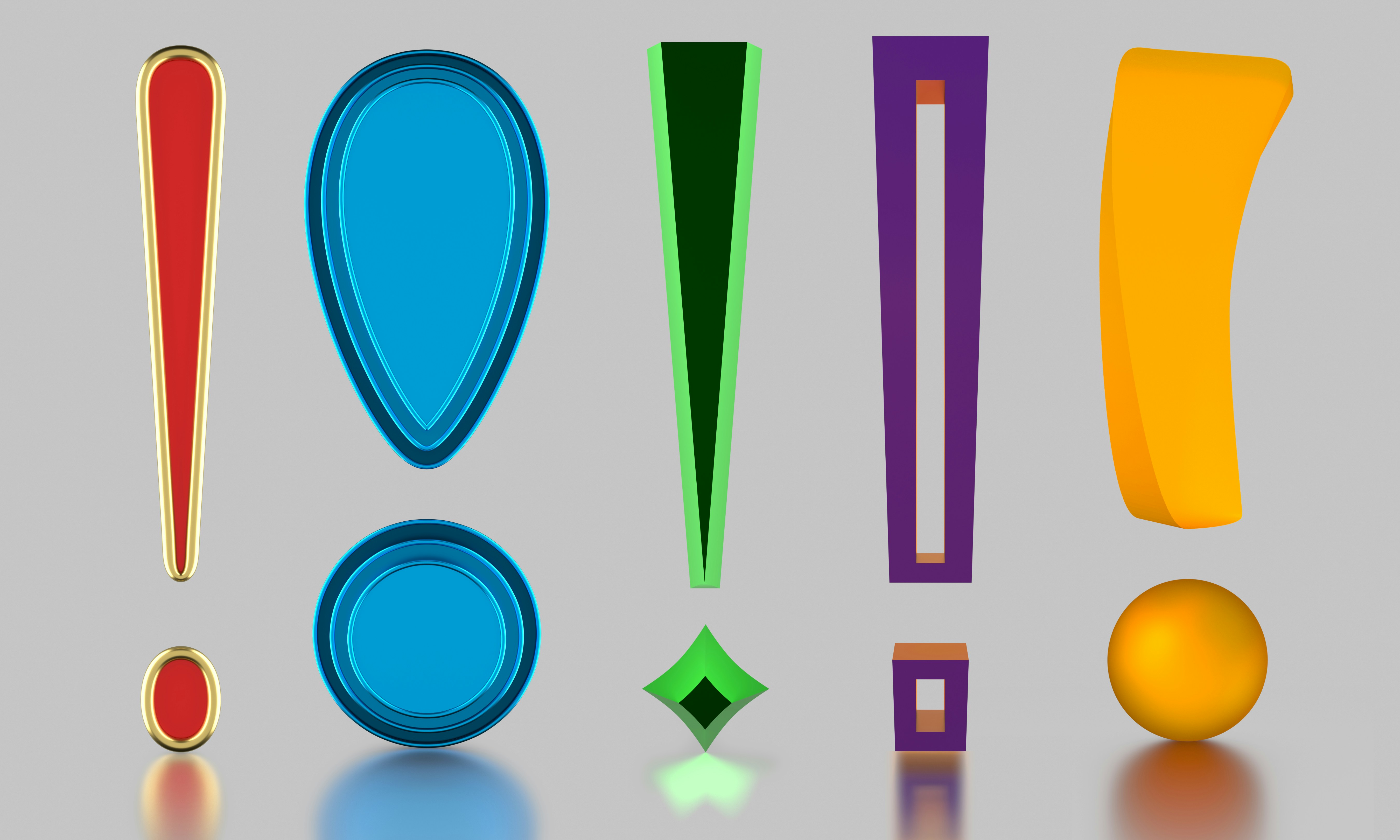Latest blog articles
Doctor's Notes
Apostrophes are often put in the wrong place in people’s (of people), others’ (of others), women’s, men’s and children’s (of women, men and children). People are also reluctant to use apostrophe ‘s’ with names ending in ‘s’, like James or Chris, but modern style is James’s and Chris’s. Classical or historical names can leave out the final ‘s’ depending on style; remember to record all instances on your style sheet.
Don't include the final ‘s’ when you have made a name plural, so you would say the Kennedys’ dog rather than the Kennedys’s dog.
‘Both’ is a popular word – in fact, it's a bit too popular. In text like ‘they were both born in the same town’ the ‘both’ is unnecessary, and you don't need it every time two things are mentioned, either. ‘Both’ is at its most effective when it emphasises contrasting elements: ‘She was both strident and sensitive to others.’ Note the ‘and’ in this sentence. Often you'll hear ‘both ... but’, but ‘and’ is correct with ‘both’.
When you see ‘both’, do what I call the copyeditor’s count. In this case, look for two elements. I’ve seen ‘both’ applied to three or more items, and I’ve heard it, in the media, applied to just one.
A comma splice occurs when what follows a comma could stand as a sentence on its own. ‘Tim was an excellent surfer, he often visited the beaches in Cornwall’ is a comma splice. Instead of the comma, you have three options:
- add a joining word or term, such as ‘and’
- add a full stop and a capital letter
- add a semicolon.
Your decision will partly depend on whether the connection between the first clause and the second is lost if you use a full stop to separate them. If you want to make it clear that the second clause follows in meaning from the first, expanding or explaining it, use ‘and’ or a semicolon.

